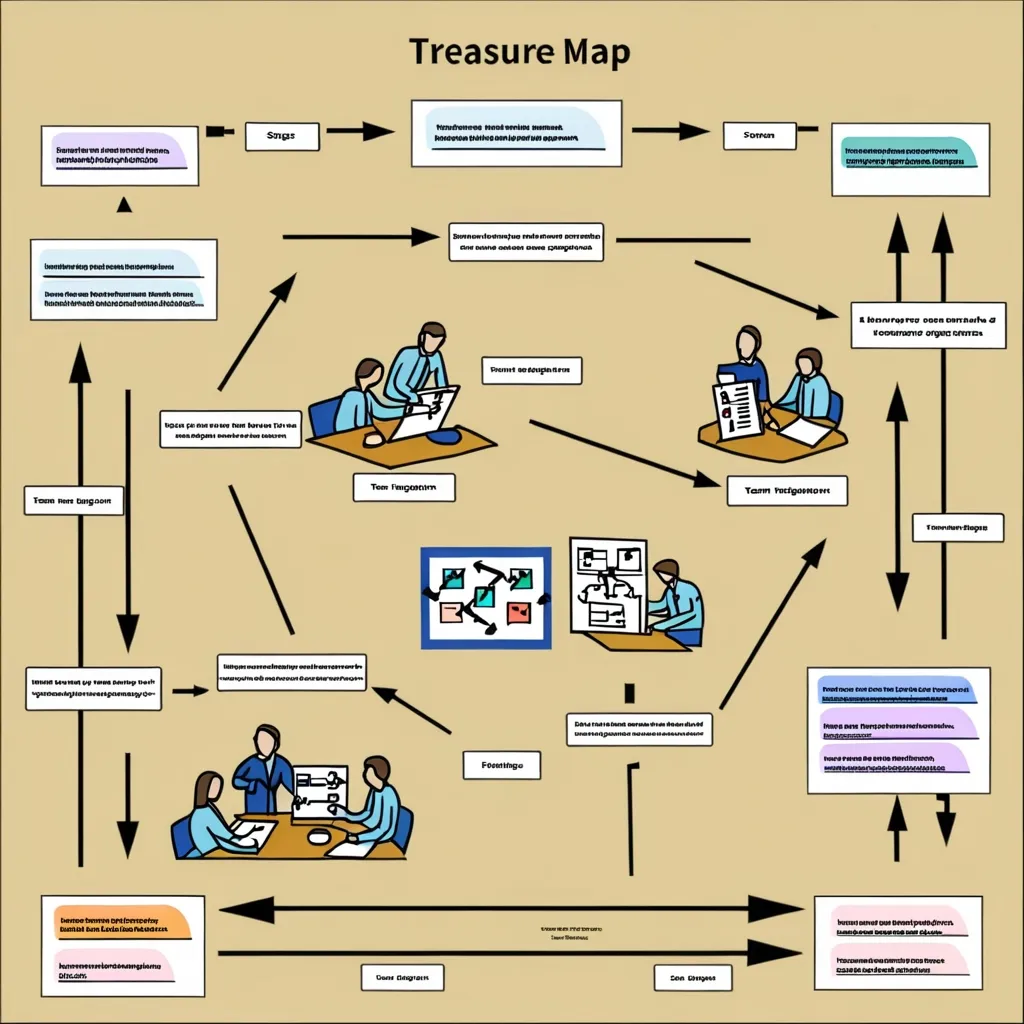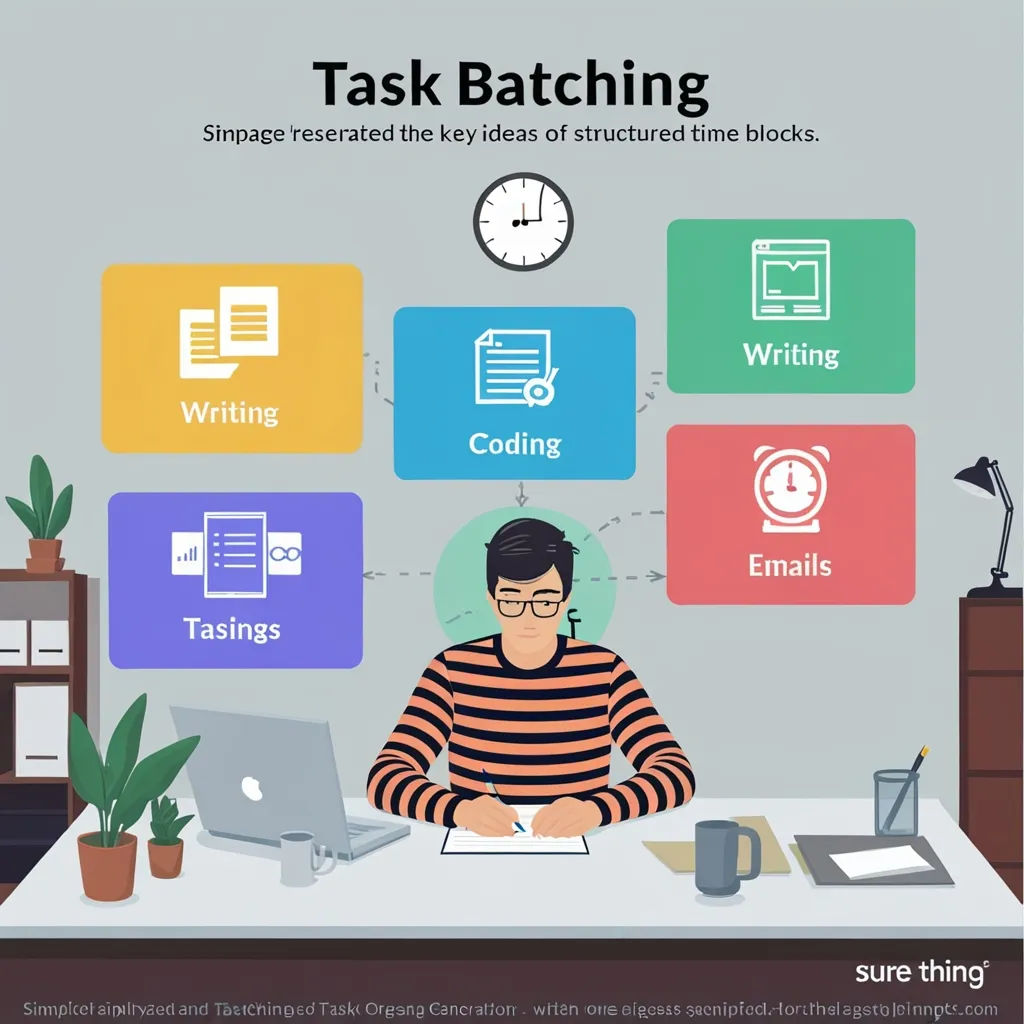I’m often asked, “What makes some teams not just good, but truly efficient?” In my experience, it rarely comes down to just raw talent or hard work. Real team efficiency is born from the way people work together—their systems, their communication, and how seamlessly they move from one step to another. If you’ve ever finished a project and thought, “That took twice as long as it should have,” you’re not alone. I’ve been there, too. But here’s the good news: a handful of practical, sometimes unconventional alignment tactics can completely shift how a group collaborates. Let’s walk through some that consistently stand out.
Have you ever tried to describe your project’s progress to a colleague only to realize you’re both picturing completely different things? That’s where visual workflow mapping comes in. Picture a board—digital, physical, or even scribbled on a whiteboard—where every single project sits in plain view, color-coded and clearly staged. Each lane, each card, tells a story. Suddenly, it’s obvious who’s working on what, where the snags are, and what’s next up. I update this board during daily stand-ups, and it’s astonishing how much confusion it cuts out. There’s a directness—no need for frantic Slack messages or endless update emails. When everyone can literally see dependencies and progress, we catch overlap, avoid repeating work, and move faster as a unit.
“Efficiency is doing better what is already being done.” – Peter Drucker
I’m fascinated by how often projects stall not during big planning meetings, but in the little handoffs between people. One developer finishes their part, shoots off an email—then radio silence. The next person picks up the task, but with only half the context, mistakes pile up. To fix this, I started using a standardized handoff artifact. It’s just a simple package: a snapshot of the current status, any known issues, the very next critical action, and links to all relevant resources. At first, it felt a bit formal, but once everyone got used to it, clarification requests dropped dramatically. Instead of chasing missing info, people get exactly what they need to keep rolling. It’s funny how much time we save just by defining what a “complete” handoff really means.
“How much of human life is lost in waiting?” – Ralph Waldo Emerson
Priorities are another hidden culprit. Marketing is pushing for the next campaign launch, engineering is worried about technical dependencies, and customer support has their own urgent fires. Teams end up clashing, each convinced their “urgent” is more urgent than the other’s. I’ve found that creating role-specific priority filters clarifies a lot. Each function defines how they sort their work. Then, we use a unified matrix where these priorities translate across teams. It’s like building a Rosetta Stone for urgency. Suddenly, engineers understand why the campaign date matters, and marketers grasp which bugs can actually threaten the timeline. Where before we’d be pulled in conflicting directions, now we align without drama.
Ever noticed how tasks stack up at the edges—between the point when one person finishes and the next person starts? That’s the buffer. The old model waits for one person to declare, “Done!” before the next steps in. I experimented with something different: the bufferless transition protocol. Here, schedules are designed with a 15-30 minute overlap. When the designer wraps their mockups, the developer is already reviewing, picking up the files even before the designer has signed off every detail. It’s seamless, and the idle time between phases vanishes. We’ve shaved off days from project cycles just by removing those gaps. Could this work in your team?
“Do not wait to strike till the iron is hot; but make it hot by striking.” — William Butler Yeats
Now, here’s my favorite: the silent synchronization block. Collaboration bursts with energy, but too much back-and-forth can shatter concentration. So, we challenge ourselves: can we work together, but in silence? We schedule 90-minute periods, everyone in the same space—physical or virtual—but no talking. All updates flow through shared docs or a task manager. It’s an odd experience at first; you realize how much chatter fills the day. But the productivity metrics tell the story: during these blocks, focus deepens, and output climbs. It’s like rowing in sync—no one calls out, but everyone moves together.
“Our life is frittered away by detail… simplify, simplify.” – Henry David Thoreau
You might wonder if these tactics make things too rigid or mechanical. Here’s the twist: structure doesn’t have to kill creativity. Instead, it frees up energy for the good stuff. With bottlenecks exposed and confusion minimized, teams have more headspace for the unexpected ideas that can transform a project.
What’s less talked about is how these methods support learning. In a group that shares workflow maps and standardized handoffs, new members get up to speed in days, not weeks. Peer-to-peer coaching happens naturally when everyone can see who’s stuck and who’s ahead. Informal mentorship emerges not from forced pairings, but from visible, transparent work.
One unexpected benefit: people become more engaged. When priorities are clear, when everyone knows where things stand and how to contribute, there’s a sense of ownership that’s hard to create with generic “team-building” exercises. It’s engagement built on trust and clarity rather than just motivation talks.
Have you noticed how most productivity advice focuses on individuals—better to-do lists, personal time tracking, inbox zero? These help, but in a team environment, solo efficiency only goes so far. What makes whole groups excel is shared alignment. That’s why I always urge colleagues to start with workflow mapping and handoff artifacts. They’re quick wins that create instant clarity. When you see project cycle times tumble and status meetings shrink, you realize these aren’t just administrative tricks—they’re levers for real change.
“Coming together is a beginning, staying together is progress, and working together is success.” – Henry Ford
Sometimes people ask, “Isn’t it enough to just communicate more?” But more noise isn’t the cure for misalignment. In fact, too many updates can bog down real work. What matters isn’t constant check-ins, but smart, structured visibility: the right info, to the right people, at the right moment. That’s the difference between a team that lurches from crisis to crisis, and one that flows smoothly from one win to the next.
You may encounter resistance. “But we don’t have time to fill out handoff templates,” someone will say. Or, “We’re too busy for workflow mapping.” My response? How much time do you lose chasing updates or clarifying the basics? Why not try just one of these approaches for a week and measure the difference?
I’ve seen these systems work wonders in creative environments—ad agencies, tech startups, even nonprofit collectives. The biggest surprise is how much lighter work feels when everyone’s rowing in the same direction. There’s less drama, fewer fire-drills. People have more mental space for experimentation.
I invite you to think about your team’s biggest friction points. Is it waiting for someone to finish so you can start? Is it confusion over what’s expected at each handoff? Is it competing priorities that keep colliding? Try mapping your workflow. Define a standard handoff artifact. Set up a silent synchronization block. Measure what happens. Sometimes the most powerful solutions are those that seem almost too simple. But as I’ve seen time and time again, real alignment—done right—is anything but ordinary.
“Alone we can do so little; together we can do so much.” – Helen Keller
I always return to this thought: team efficiency isn’t an accident. It’s the result of choices—sometimes small, sometimes unconventional—that add up. Start with clarity, give people the right tools, and you’ll find the work not only gets done faster, but feels better too. So, what’s the first change you’ll test?






